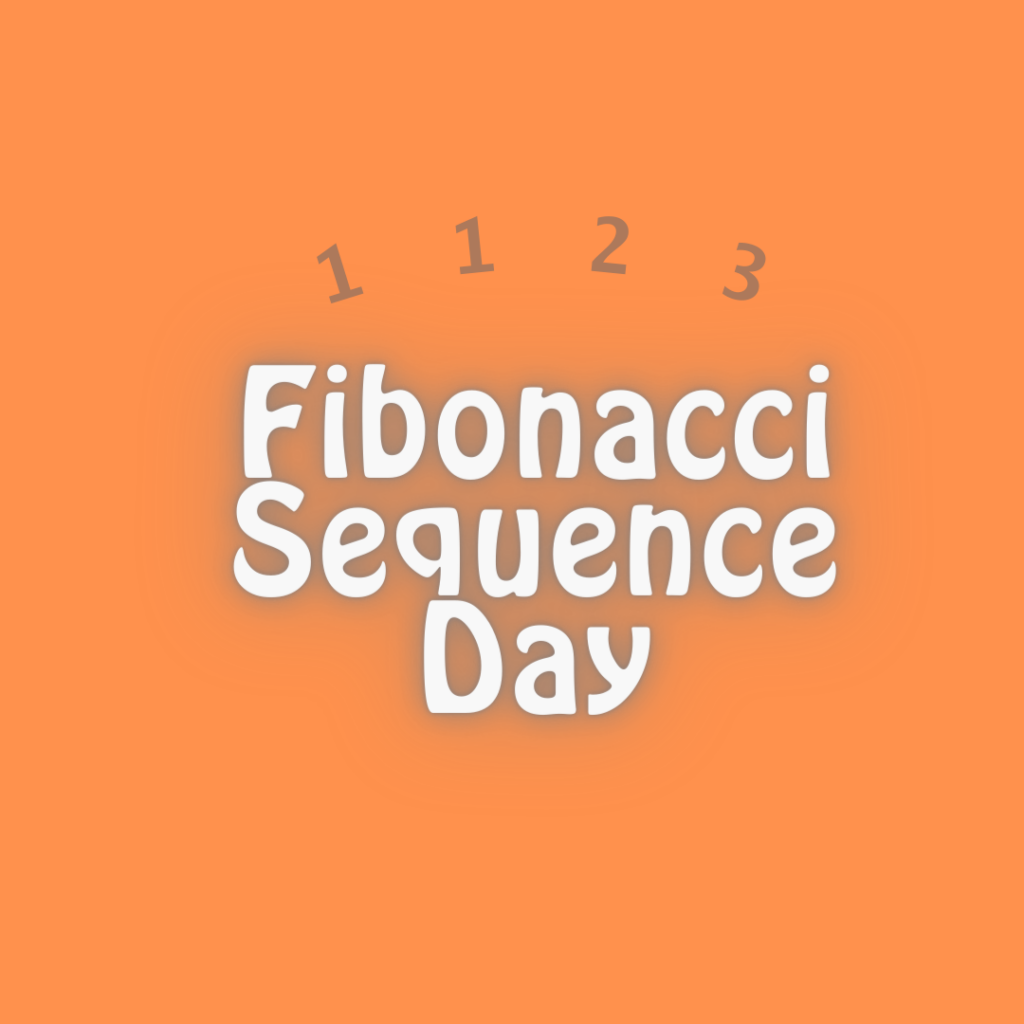11.23 is Fibonacci Sequence Day

November 23rd, when written numerically in mm/dd format as 11/23, is a great opportunity to celebrate the Fibonacci Sequence. The famous mathematical sequence starts off with the numbers 1,1,2,3, making 11/23 the optimal day to recognize the sequence.
What is the Fibonacci Sequence?
According to mathisfun.com, the Fibonacci Sequence is generated by starting with the number one and adding the previous two digits together to yield the next. Therefore, one plus zero equals one, one plus one equals two, one plus two equals three, and so on. The first several digits of the sequence are as follows:
1,1,2,3,5,8,13,21
The sequence is more than just a repeated pattern of actions. The sequence is a basis for many natural occurrences in science and more complex mathematics. The golden spiral forms when placing a block of corresponding widths next to each other in sequence. This video from Science ABC gives a great overview of generating the sequence, a visual of the spiral, and many examples of where the Fibonacci Sequence appears in nature such as in flowers and in humans.
This Sequence in Engineering
The golden spiral has many engineering applications, including architecture and web design. It occurs frequently in biology and anatomy, therefore it is critical to understand for applying in biological or biomedical engineering.
This article from Society of Women Engineers discusses the Fibonacci Sequence and provides easy and fun ways for school-aged students and teachers to celebrate the day.
If you are looking for a lesson plan that teaches kids about the golden spiral, this lesson from TeachEngineering is a great resource.
Want to provide lessons in areas of engineering where understanding the Fibonacci Sequence might be used and applied? Check out these lessons from IEEE TryEngineering that explore architecture and biological engineering. Statue Display Tower allows students to solve the Golden Book design challenge to make a low cost display tower that can hold a statue. This statue can then be taken apart and reassembled easily for transporting from one library to another. Biomimicry in Engineering is a lesson that focuses on the concept of biomimicry and students learn how engineers have incorporated structures and methods from the living world in products and solutions for all industries.















